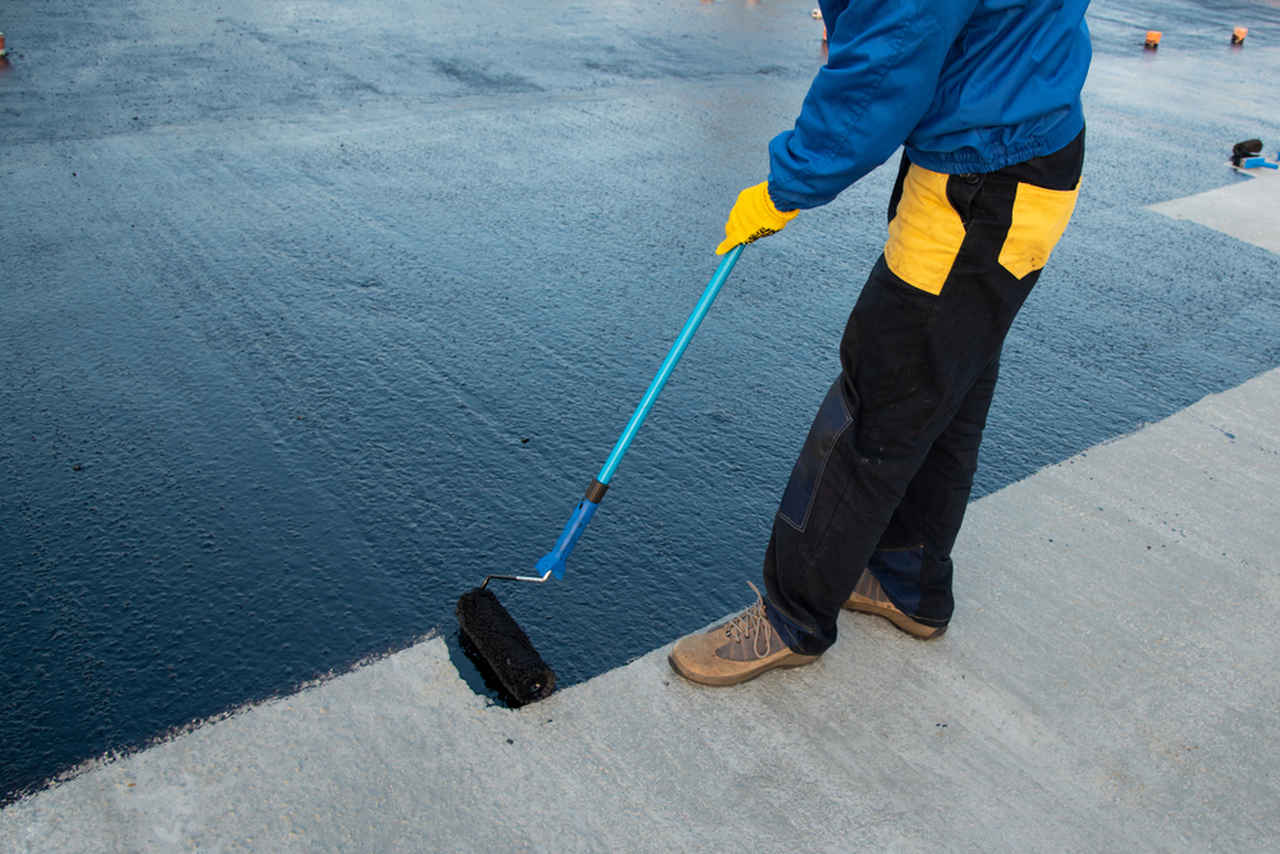The process of waterproofing plays a critical role in maintaining the stability and energy efficiency of residences and buildings. As water can infiltrate structures from multiple sources, such as precipitation, snowmelt, or water from the ground, the significance of proper waterproofing cannot be overlooked. Many homeowners and property managers often neglect this essential aspect of construction, believing that it is merely a preventive measure rather than a core part of sustainable design.
When it comes to energy savings, waterproofing helps to create a shield that keeps unwanted moisture out, preventing deterioration to insulating materials and reducing energy loss. A well-waterproofed building can maintain stable indoor temperatures, ultimately leading to reduced energy bills and better comfort. By investing in efficient waterproofing solutions, property owners not only safeguard their property but also aid to sustainable construction practices. Understanding how waterproofing influences the overall operation of a property is crucial for making educated decisions about upkeep and renovations.
### Why Waterproofing is Crucial for Energy Efficiency

Waterproofing is essential for improving the energy efficiency of residential and commercial structures. A properly waterproofed property prevents water from intruding, reducing dampness and mold growth, which compromises indoor air quality and increases energy needs for temperature and humidity control. Keeping https://aluneed.ca/ dry through waterproofing minimizes the strain on HVAC systems, enabling them to function more effectively and use less energy.
Furthermore, waterproof structures usually possess improved insulation characteristics. When insulation materials are waterlogged, they fail to perform their insulating function, leading to escalated energy expenses as HVAC systems overwork to sustain pleasant indoor temperatures. Waterproofing serves as a protective barrier that maintains the effectiveness of insulation, guaranteeing it remains capable of providing thermal resistance. This has a major impact on the overall energy efficiency of a building, resulting in reduced utility expenses.
Finally, investing in waterproofing solutions can yield substantial savings on long-term maintenance and repair costs.
